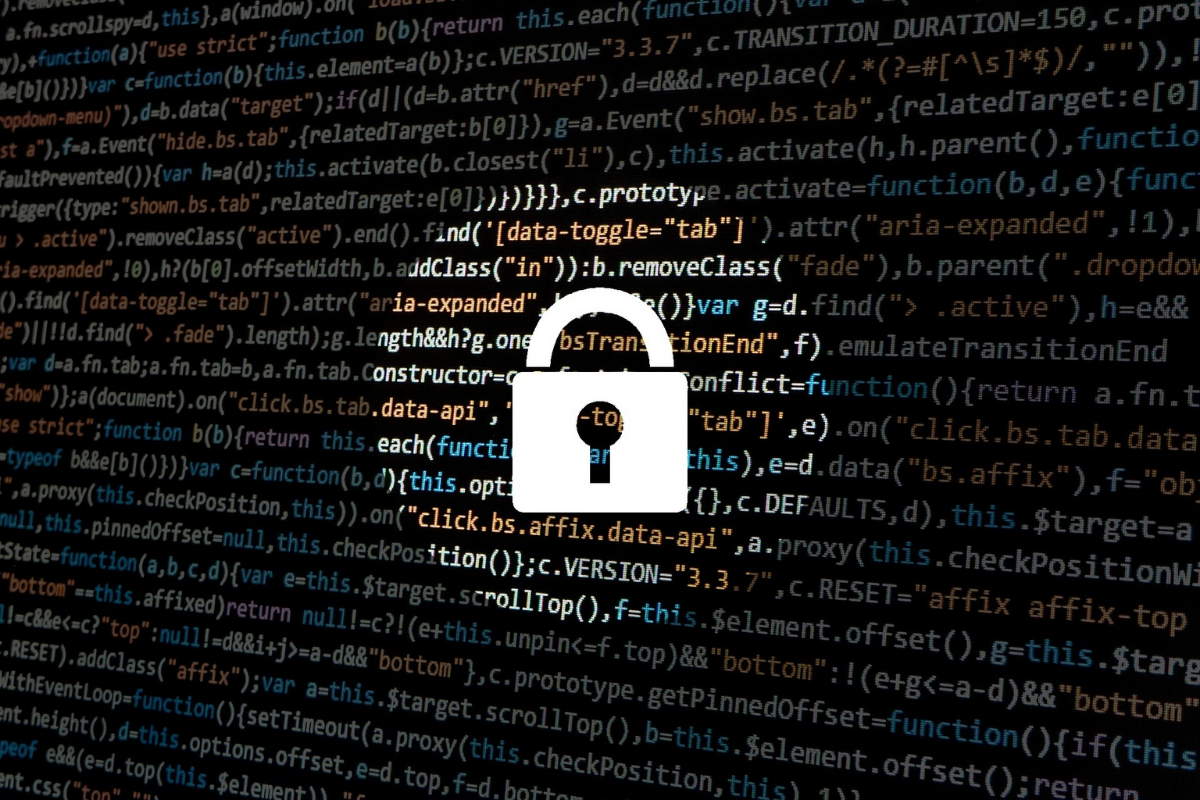Amazon Web Services (AWS) offers numerous built-in security features for organizations, making it a popular and one of the best Infrastructure-as-a-Service (IaaS) platforms. However, sophisticated and proper configuration of any cloud environment and AWS cybersecurity settings is important. Through end-to-end cloud security monitoring as well as rapid incident response and mitigation efforts, organizations can avoid financially-draining cloud data breaches.
Here are 8 effective security tips for your AWS environment:
1. Create strong passwords
Make sure everyone in your organization with access to Amazon Web Services uses unique, strong passwords for cloud security monitoring. Use lengthy passwords with special characters, numbers, and alphabets in upper and lower case. For added security, mandate everyone to change their passwords on a monthly or quarterly basis. This will prevent hackers from gaining access to your AWS access for long.
2. Always use multi-factor authentication (MFA)
Implementing multi-factor authentication (MFA) while setting up AWS in your organization, or when adding new users, is important. MFA is about adding more than 1 login factor to get access to your account. For example, after entering your password, AWS might send a number code to your smartphone. You need to verify that you have that smartphone and enter the code to get access to your account. Always make sure you set up MFA for the Root users as well as AWS Identity and Access Management (IAM) users.
3. Keep testing for vulnerabilities
The next important AWS security tip is to conduct regular vulnerability tests in your cloud setting. It is critical to analyze your security environment and infrastructure to look for and analyze vulnerabilities that exist already. After listing and analyzing, the vulnerabilities need to be prioritized.
Vulnerability Assessment and Penetration Testing (VAPT) is a highly effective way to identify vulnerabilities in a cloud environment so that they can be fixed. Vulnerability Assessment helps you discover vulnerabilities in your system and Penetration Testing involves conducting authorized cyberattacks on a system to test the severity of a vulnerability.
4. Manage & Limit access & permissions
This is one of the most crucial AWS security tips that’ll put you in control of who gets access to which features in your cloud environment. AWS gives you ways to enhance security by limiting access and permissions to certain individuals in the organization. You can give access to the AWS features to people who need them. You can also define the tasks that they can perform on AWS and even the level of access you want to give to every employee.
5. Use data encryption
Data encryption is the process of translating data from plaintext to ciphertext (encrypted). Data encryption is a great way of protecting your data from getting in the wrong hands. It helps protect your data from hackers (even if they do manage to get access to your account). Encryption enables the creation of keys that are required to read the data you’re sharing. This AWS tip will help enhance cloud security as it will help you protect critical data, whether financial or otherwise.
6. Regularly backup data to AWS
Backups to the cloud must be done frequently and regularly in any organization. If you don’t carry out timely backups, there’s a chance of you losing your data in an unforeseen event, like accidental deletion of data or data corruption. AWS Backup helps you centralize as well as simplify the process. Moreover, the AWS backup process can also be 100% automated.
7. Add proper contact information
Make sure that the contact information you share with AWS is correct and accurate, including the email address. It’s because if AWS finds any concerning issues in your AWS environment, they might update you regarding the same on the contact information you’ve provided. So, it is also paramount to regularly keep checking the email (and other points of contact you’ve provided) for any emails regarding security.
8. Build layers of threat protection
One of the best practices in AWS in terms of the security of your infrastructure is integrating layered security. Prioritize using a good mix of Amazon VPS, firewall rules, security groups, and network access control lists in the cloud for creating a well-structured and layered network security selection.

